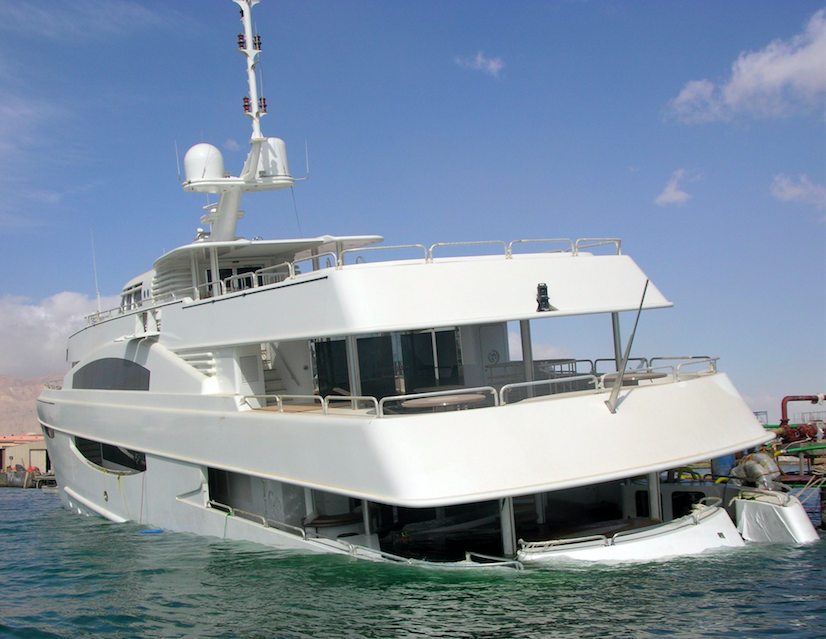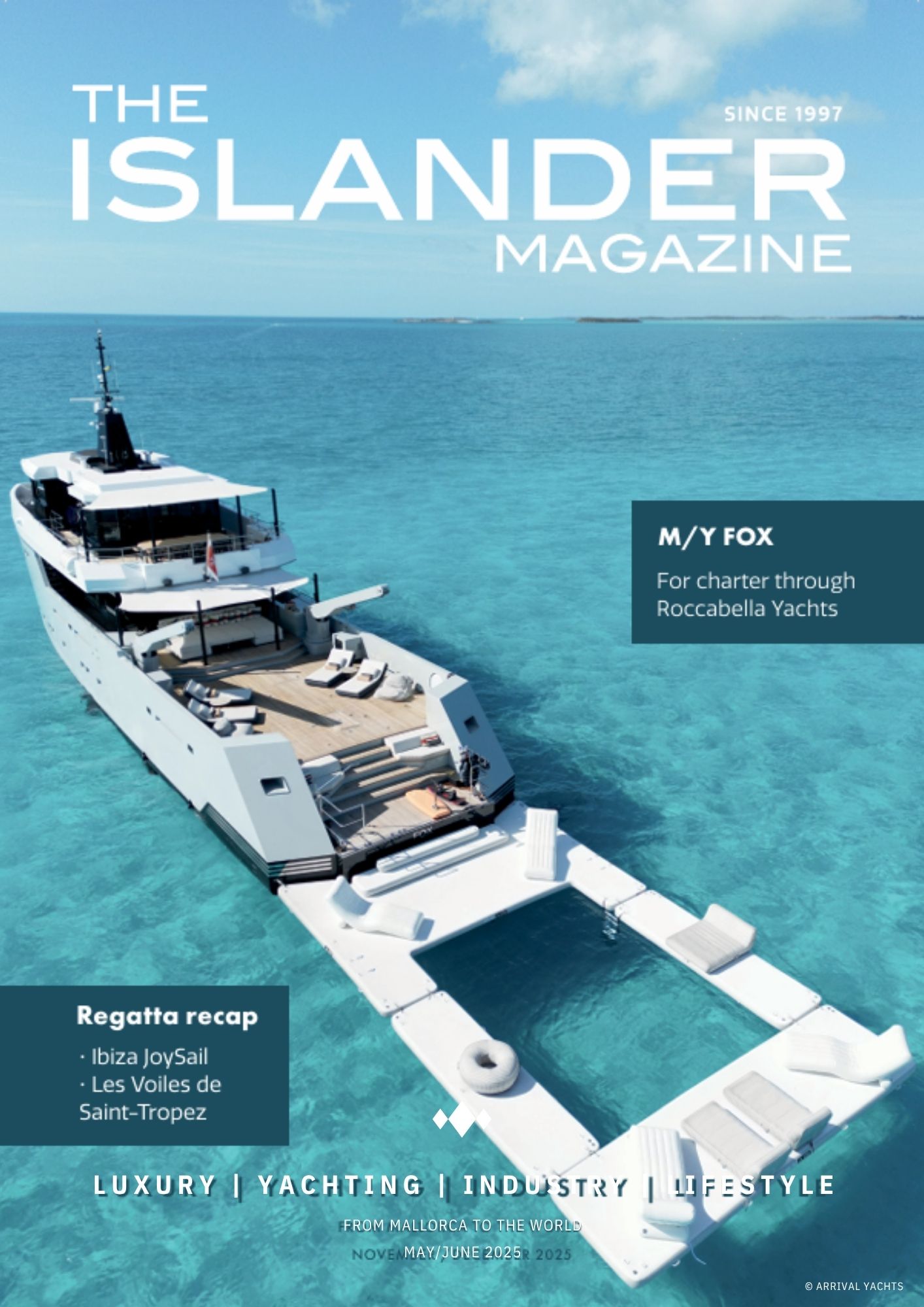In the 1970s, Pantaenius revolutionised the market for leisure craft insurance by introducing the concept of an Agreed Fixed Value. This year, the water sports enthusiasts have introduced a completely revised set of their insurance clauses.
The market for superyacht insurance is more than saturated at the moment and various providers promise to offer tailor-made products in order to comply with the highly individual needs of their potential clients. Recent cases have demonstrated that the vast majority of these providers rely on what is common within the industry, rather than what really guarantees the most benefits for owners and their crews. Those who remember the “Galatea” trial and the resulting court decision are probably aware of the pitfalls in policy wordings, even if they include seemingly resilient terms like the so called “Agreed Value”.
Comprehensive Cover
As one of the pioneers in superyacht insurance, Pantaenius has always offered its own products on the basis of a specifically designed set of clauses. Now, Pantaenius has once more revised their reputable Pantaenius Superyacht Clauses. Apart from the benefit in terms of an independent valuation model, the Agreed Fixed Value, the new clauses demonstrate clear, non-ambiguous wording, as well as far more comprehensive cover than the industry standards. Most policies on the market, for example, exclude any loss or damage directly or indirectly caused by wear and tear. The Pantaenius Superyacht Clauses however, cover damages caused by wear and tear or electrolysis, and do not exclude inherent vice or vermin either. Owners might think that machinery cover belongs to the absolute standards in yacht insurance but a closer look reveals the important differences. Pantaenius offers coverage for any failure in the working mechanism of the machinery. Other policies often get amended to include such failures but generally exclude wear and tear so machinery damage based on a worn out part is excluded. While the new Pantaenius clauses also cover any loss or expenditure incurred in remedying a fault in design or construction provided it has caused loss or damage to the Yacht, the frequently used American Yacht form on the other hand, clearly excludes remedying a fault in design or construction whether damaging or not.
Understanding Superyacht Insurance
Since brokers have to delete such passages and put in additions in order to stay competitive, the policy that the owner receives results in being patchy and difficult to understand. Unarguably, the main purpose of insurance is comprehensive financial security. Those who have once witnessed a claim however, know that one other important obligation of an insurance provider is to simplify this task for the client. A straight-forward and transparent policy will have a considerable effect on the speed of the claim settlement and the ability of the insurance provider to actually meet the expectations of the owner. The latter is only possible if the owner really knows what he has purchased. A requirement taken seriously by Pantaenius as Martin Baum, Managing Director, explains: “Our new clauses do not depend on additions or amendments in order to provide comprehensive cover and relinquish principles like ‘due diligence’ as well as limiting terms like ‘external causes”. The result is an easy to understand set of clauses, designed to simplify the complex task of insuring a superyacht for the owner and his employees or representatives.”
If you would like more details on the revised Pantaenius Superyacht Clauses or unbiased yacht insurance advice, please visit us in one of our offices worldwide or come by our stand – SY-08 – on the Palma Superyacht Show between the 28th of April and the 2nd of May 2016.
For appointments please contact:
Jens Ploch
+34 600582717
jp@pantaenius.com
www.pantaenius.com/passion














0 Comments